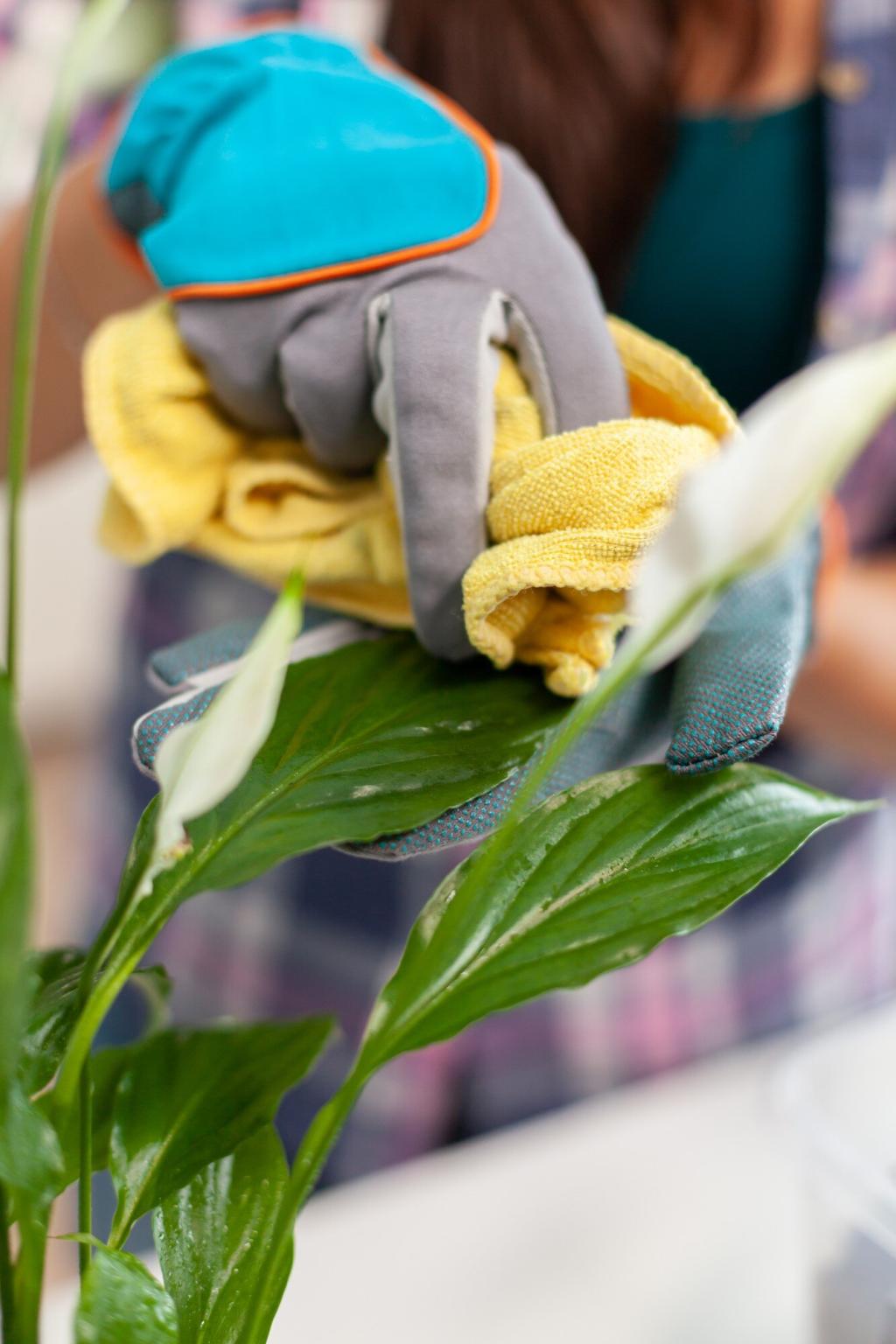
Sustainable Material Care in Humid Environments: A Practical, Planet-First Guide
Today’s theme: Sustainable Material Care in Humid Environments. Learn how to protect wood, bamboo, organic textiles, cork, and recycled metals from moisture while honoring eco-friendly principles. Join our community, share your experiences, and subscribe for ongoing tips tailored to life where the air feels thick.
Why Humidity Matters for Sustainable Materials
The physics of humidity and hygroscopic materials
Humidity moves from warm to cool and from high to low concentration, driving vapor through porous, hygroscopic materials like wood, bamboo, and cotton. When moisture loads rise, fibers swell, finishes blister, and microbes thrive. Knowing this flow informs every sustainable care decision you make at home.

Cleaning the Green Way in Damp Air
Use a mix of 70% ethanol and water for wipe-downs on sealed wood and bamboo; it evaporates fast and limits moisture exposure. For fabrics, favor oxygen-based, chlorine-free bleaches and mild castile soap. Always spot test, ventilate well, and dry promptly to discourage regrowth without toxic residues.

Storage That Breathes and Protects
Elevation and airflow as first principles
Keep wood, cork, and cardboard off floors with slatted shelves or bricks and boards. Leave a couple of inches from exterior walls to avoid condensation. Perforated bins help textiles breathe. This simple spacing often prevents the mysterious mustiness that seems to appear overnight in humid seasons.
Packaging that helps, not harms
Swap plastic totes for breathable cotton bags, recycled paper wraps, and starch-based sleeves. Add renewable desiccants like silica gel in refillable pouches. Label containers with dates so you rotate contents and refresh absorbers on schedule. Subscribers receive a printable checklist to keep storage simple and sustainable.
Taming closet microclimates
Closets can be rainforests. Install a small louver or hold the door ajar with a cork wedge. Use cedar blocks for scent and slight buffering, and avoid overcrowding. Place a digital hygrometer inside; aim for 45–55% relative humidity. Share your readings and wins with our community below.
Repairing Water’s Footprints
Rescuing swollen bamboo and softwoods
Let pieces acclimate in gentle airflow, never direct heat. Sand lightly with fine grit to remove raised grain. Re-oil with thin coats of tung oil, allowing full cure between passes. A reader in Manila revived a bamboo desk this way, then added felt feet to keep it off damp floors.
Caring for recycled metals in salt air
For surface rust on recycled steel frames, use a biodegradable rust remover or a paste of lemon and baking soda, then rinse and dry thoroughly. Seal with waterborne clear coat or powder coat touch-up. Rinse bicycles or tools after beach rides. Comment with your coastal metal-care hacks.
Lifting mildew from organic textiles
Brush outdoors to remove spores. Soak in cool water with oxygen bleach and a drop of gentle soap, then rinse and dry in moving air. Sun briefly to finish. Avoid chlorine; it weakens fibers and harms waterways. If you’ve saved a beloved shirt this way, share your story.
Choosing Materials and Finishes for Humid Climates
Plant fibers and woods that cope with damp
Bamboo, teak, and cork perform well with appropriate finishes. Hemp and lyocell fabrics dry faster than cotton, making mildew less likely. Look for FSC certification, low-VOC treatments, and repairable constructions. Ask vendors about vapor-open finishes, and tell us which products have impressed you in steamy seasons.
Minerals, metals, and mixed materials
Cork composites, recycled aluminum with powder coatings, and ceramic elements resist humidity with minimal upkeep. Avoid dissimilar metals that galvanically corrode in moist air. Choose fasteners in stainless or brass. If you mix materials, design for drainage and airflow. Share photos of hybrids that have endured beautifully.
Surface shields that still let materials breathe
Favor penetrating oils and waterborne sealers over thick plastic films. Consider hardwax oils for wood, limewash for walls, and microcrystalline wax for metals. These options slow liquid water while permitting vapor diffusion, extending life without trapping moisture. Subscribe for our finish comparison chart and application timing calendar.
Stories and Community from Humid Places
Volunteers in a coastal town kept a cork reading room resilient by adding door louvers, setting dehumidifiers on timers, and resealing annually with a waterborne finish. Foot traffic stayed gentle, acoustics improved, and waste plummeted. Tell us how your public spaces balance humidity and sustainability.
Stories and Community from Humid Places
In New Orleans, a maker space stores reclaimed wood on slats, logs moisture with cheap sensors, and runs fans during glue-ups. Members share a repair station stocked with plant-based cleaners. Their biggest lesson: small, steady habits beat heroic fixes. What steady habit changed your humid-life maintenance?


